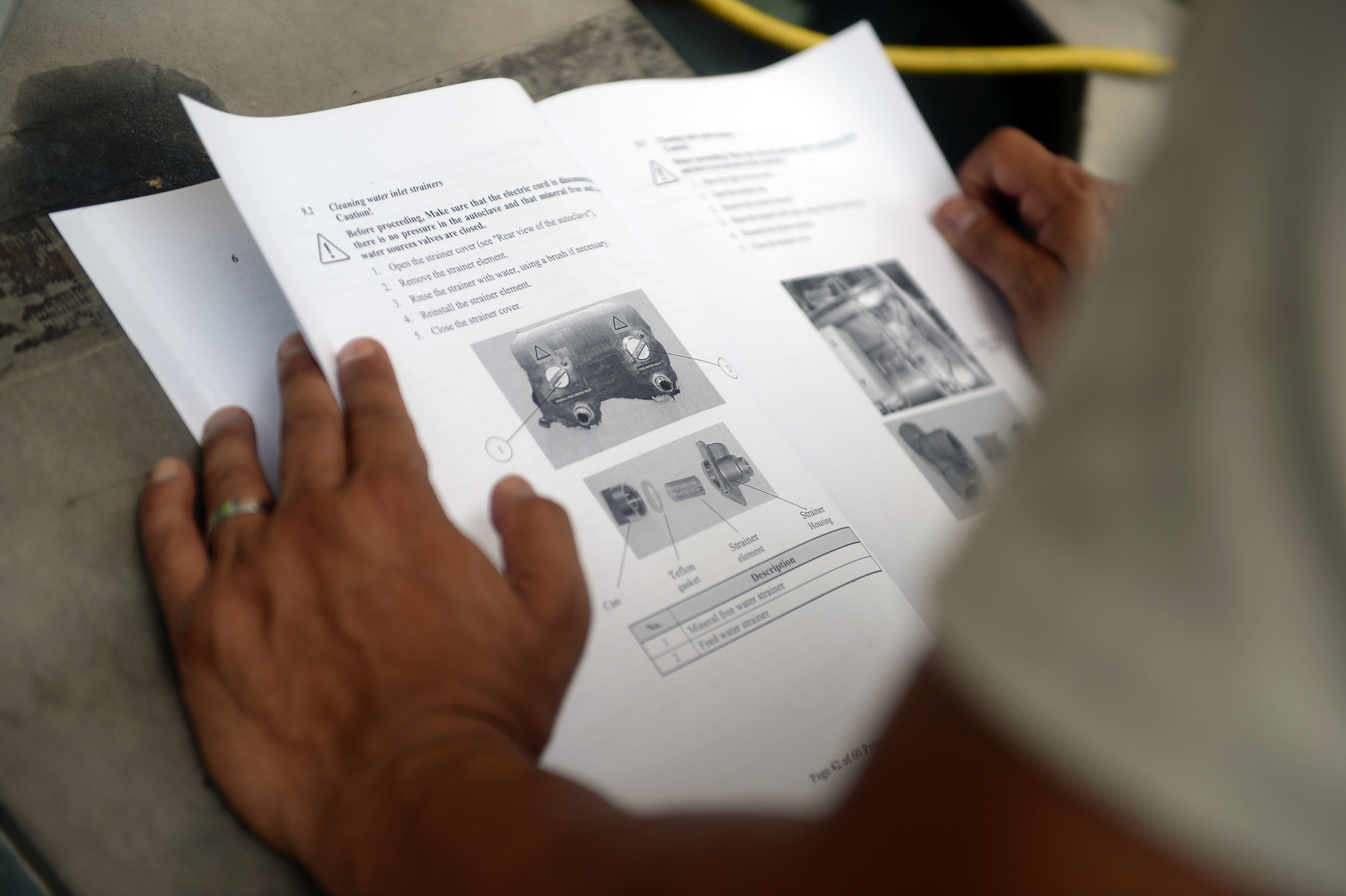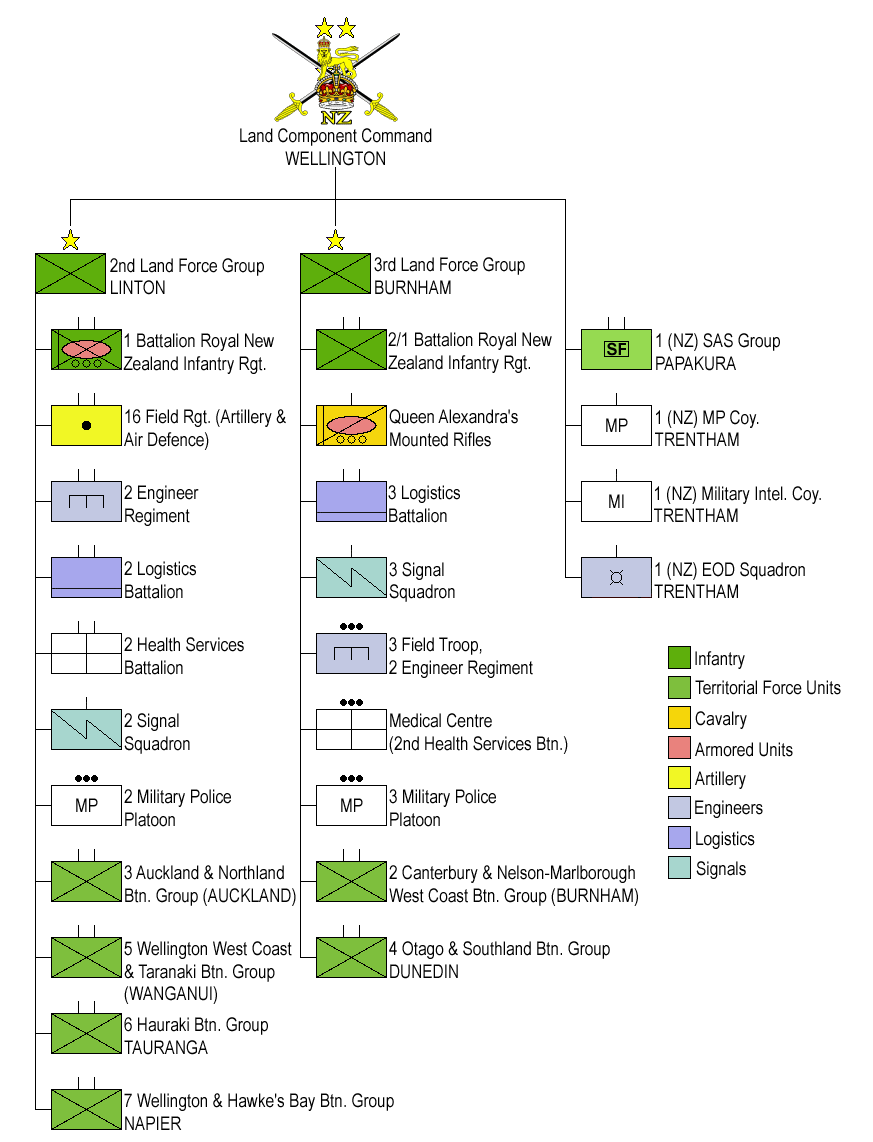|
3-inch M1902 Field Gun
The 3-inch Gun, Model of 1902 was the U.S. Army’s first nickel steel, quick-firing field gun with a recoil mechanism. Like its predecessor the 3.2-inch gun M1897, it was a rifled breechloader. Design During the second half of 1890s the so-called "quick-firing revolution" was underway, and many countries from Russia and Germany to the Transvaal Republic started to adopt guns with some recoil systems, but the Army adopted a morally obsolete 3.2-inch gun M1897 instead. Quickly realizing the mistake, the Ordnance Department alongside the M1897 production started development of what was termed an "accelerated-fire gun", and Captain Charles B. Wheeler designed a 3-inch gun which allowed more shots to be made faster but still required to relay the gun after each shoot. However by 1900, when its procurement was underway, first concrete information about the revolutionary French Canon de 75 modèle 1897 was declassified and new true quick-firing designs with a long recoil by private manu ... [...More Info...] [...Related Items...] OR: [Wikipedia] [Google] [Baidu] |
Field Gun
A field gun is a field artillery piece. Originally the term referred to smaller guns that could accompany a field army on the march, that when in combat could be moved about the battlefield in response to changing circumstances ( field artillery), as opposed to guns installed in a fort (garrison artillery or coastal artillery), or to siege cannons and mortars which are too large to be moved quickly, and would be used only in a prolonged siege. Perhaps the most famous use of the field gun in terms of advanced tactics was Napoleon Bonaparte's use of very large wheels on the guns that allowed them to be moved quickly even during a battle. By moving the guns from point-to-point during a battle, enemy formations could be broken up to be handled by the infantry or cavalry wherever they were massing, dramatically increasing the overall effectiveness of the attack. World War I As the evolution of artillery continued, almost all guns of any size became capable of being moved at some ... [...More Info...] [...Related Items...] OR: [Wikipedia] [Google] [Baidu] |
Elihu Root
Elihu Root (; February 15, 1845February 7, 1937) was an American lawyer, Republican politician, and statesman who served as Secretary of State and Secretary of War in the early twentieth century. He also served as United States Senator from New York and received the 1912 Nobel Peace Prize. Root is sometimes considered the prototype of the 20th century political " wise man," advising presidents on a range of foreign and domestic issues. Root was a leading New York City lawyer who moved frequently between high-level appointed government positions in Washington, D.C., and private-sector legal practice in New York City. His private clients included major corporations and such powerful players as Andrew Carnegie. Root served as president or chairman of the Carnegie Endowment for International Peace, the Carnegie Institution of Washington, and the Carnegie Corporation of New York. Root was a prominent opponent of women's suffrage and worked to ensure the New York state constitution ... [...More Info...] [...Related Items...] OR: [Wikipedia] [Google] [Baidu] |
Handbook Of The 3
A handbook is a type of reference work, or other collection of instructions, that is intended to provide ready reference. The term originally applied to a small or portable book containing information useful for its owner, but the ''Oxford English Dictionary'' defines the current sense as "any book ... giving information such as facts on a particular subject, guidance in some art or occupation, instructions for operating a machine, or information for tourists." accessed 23 March 2017. A handbook is sometimes referred to as a '''' ( |
Table Of Organization And Equipment
A table of organization and equipment (TOE or TO&E) is the specified organization, staffing, and equipment of Military unit, units. Also used in acronyms as 'T/O' and 'T/E'. It also provides information on the mission and capabilities of a unit as well as the unit's current status. A general TOE is applicable to a type of unit (for instance, an infantry battalion) rather than a specific unit (the 2nd Battalion, 4th Infantry Regiment (United States), 4th Infantry Regiment). Sometimes, all units of the same branch (such as Infantry) follow the same structural guidelines; much more often, there are a wide variety of TOEs to suit specific circumstances (Modified Tables of Organization and Equipment (MTOEs), in the United States Army, for example). Soviet Union and Russia In the Red Army, Soviet and the Russian Armed Forces the term used for TO&E since the 1930s is ''"Shtatnoe raspisanie"'' (''Штатное расписание'', literally translated as Shtat Prescription). It orig ... [...More Info...] [...Related Items...] OR: [Wikipedia] [Google] [Baidu] |
Pancho Villa Expedition
The Pancho Villa Expedition—now known officially in the United States as the Mexican Expedition, but originally referred to as the "Punitive Expedition, U.S. Army"—was a military operation conducted by the United States Army against the paramilitary forces of Mexican revolutionary Francisco "Pancho" Villa from March 14, 1916, to February 7, 1917, during the Mexican Revolution of 1910–1920. The expedition was launched in retaliation for Villa's attack on the town of Columbus, New Mexico, and was the most remembered event of the Mexican Border War. The declared objective of the expedition by the Wilson administration was the capture of Villa. Yockelson, Mitchell"The United States Armed Forces and the Mexican Punitive Expedition: Part 1" ''Prologue Magazine'', Fall 1997, Vol. 29, No. 3. Retrieved 5 Mar 2015 Despite locating and defeating the main body of Villa's command who were responsible for the Columbus raid, U.S. forces were unable to achieve Wilson's stated main ob ... [...More Info...] [...Related Items...] OR: [Wikipedia] [Google] [Baidu] |
John J
John is a common English name and surname: * John (given name) * John (surname) John may also refer to: New Testament Works * Gospel of John, a title often shortened to John * First Epistle of John, often shortened to 1 John * Second Epistle of John, often shortened to 2 John * Third Epistle of John, often shortened to 3 John People * John the Baptist (died c. AD 30), regarded as a prophet and the forerunner of Jesus Christ * John the Apostle (lived c. AD 30), one of the twelve apostles of Jesus * John the Evangelist, assigned author of the Fourth Gospel, once identified with the Apostle * John of Patmos, also known as John the Divine or John the Revelator, the author of the Book of Revelation, once identified with the Apostle * John the Presbyter, a figure either identified with or distinguished from the Apostle, the Evangelist and John of Patmos Other people with the given name Religious figures * John, father of Andrew the Apostle and Saint Peter * Pope Joh ... [...More Info...] [...Related Items...] OR: [Wikipedia] [Google] [Baidu] |
General (United States)
In the United States military, a general is the most senior general-grade officer; it is the highest achievable commissioned officer rank (or echelon) that may be attained in the United States Armed Forces, with exception of the Navy and Coast Guard, which have the equivalent rank of admiral instead. The official and formal insignia of "general" is defined by its four stars (commonly silver and in a row). The rank of general ranks above a three-star lieutenant general and below the special wartime five-star ranks of General of the Army or General of the Air Force. The Marine Corps and Space Force do not have an established grade above general. The pay grade of general is O-10. It is equivalent to the rank of admiral in the other United States uniformed services which use naval ranks. It is abbreviated as GEN in the Army and Gen in the Marine Corps, Air Force, and Space Force. Since the ranks of General of the Army and General of the Air Force are reserved for wartime use only, ... [...More Info...] [...Related Items...] OR: [Wikipedia] [Google] [Baidu] |
Shrapnel Shell
Shrapnel shells were anti-personnel artillery munitions which carried many individual bullets close to a target area and then ejected them to allow them to continue along the shell's trajectory and strike targets individually. They relied almost entirely on the shell's velocity for their lethality. The munition has been obsolete since the end of World War I for anti-personnel use; high-explosive shells superseded it for that role. The functioning and principles behind Shrapnel shells are fundamentally different from high-explosive shell fragmentation. Shrapnel is named after Lieutenant-General Henry Shrapnel (1761–1842), a British artillery officer, whose experiments, initially conducted on his own time and at his own expense, culminated in the design and development of a new type of artillery shell. Usage of term "shrapnel" has changed over time to also refer to fragmentation of the casing of shells and bombs. This is its most common modern usage, which strays from the o ... [...More Info...] [...Related Items...] OR: [Wikipedia] [Google] [Baidu] |
Recoil
Recoil (often called knockback, kickback or simply kick) is the rearward thrust generated when a gun is being discharged. In technical terms, the recoil is a result of conservation of momentum, as according to Newton's third law the force required to accelerate something will evoke an equal but opposite reactional force, which means the forward momentum gained by the projectile and exhaust gases (ejectae) will be mathematically balanced out by an equal and opposite momentum exerted back upon the gun. In hand-held small arms, the recoil momentum will be eventually transferred to the ground, but will do so through the body of the shooter hence resulting in a noticeable impulse commonly referred to as a "kick". In heavier mounted guns, such as heavy machine guns or artillery pieces, recoil momentum is transferred to the Earth's surface through the platform on which the weapon is mounted. In order to bring the rearward moving gun to a halt, the momentum acquired by the gun is di ... [...More Info...] [...Related Items...] OR: [Wikipedia] [Google] [Baidu] |
Ammunition
Ammunition (informally ammo) is the material fired, scattered, dropped, or detonated from any weapon or weapon system. Ammunition is both expendable weapons (e.g., bombs, missiles, grenades, land mines) and the component parts of other weapons that create the effect on a target (e.g., bullets and warheads). The purpose of ammunition is to project a force against a selected target to have an effect (usually, but not always, lethal). An example of ammunition is the firearm cartridge, which includes all components required to deliver the weapon effect in a single package. Until the 20th century, black powder was the most common propellant used but has now been replaced in nearly all cases by modern compounds. Ammunition comes in a great range of sizes and types and is often designed to work only in specific weapons systems. However, there are internationally recognized standards for certain ammunition types (e.g., 5.56×45mm NATO) that enable their use across different weapo ... [...More Info...] [...Related Items...] OR: [Wikipedia] [Google] [Baidu] |
Breech-loading Weapon
A breechloader is a firearm in which the user loads the ammunition (cartridge or shell) via the rear (breech) end of its barrel, as opposed to a muzzleloader, which loads ammunition via the front ( muzzle). Modern firearms are generally breech-loading – except for replicas of vintage weapons. Early firearms before the mid-19th century were almost entirely muzzle-loading. Mortars and the Russian GP-25 grenade launcher are the only muzzleloaders remaining in frequent modern usage. However, referring to a weapon specifically as breech loading is mostly limited to single-shot or otherwise non-repeating firearms, such as double-barreled shotguns. Breech-loading provides the advantage of reduced reloading time, because it is far quicker to load the projectile and propellant into the chamber of a gun/cannon than to reach all the way over to the front end to load ammunition and then push them back down a long tube – especially when the projectile fits tightly and the ... [...More Info...] [...Related Items...] OR: [Wikipedia] [Google] [Baidu] |






.jpg)

